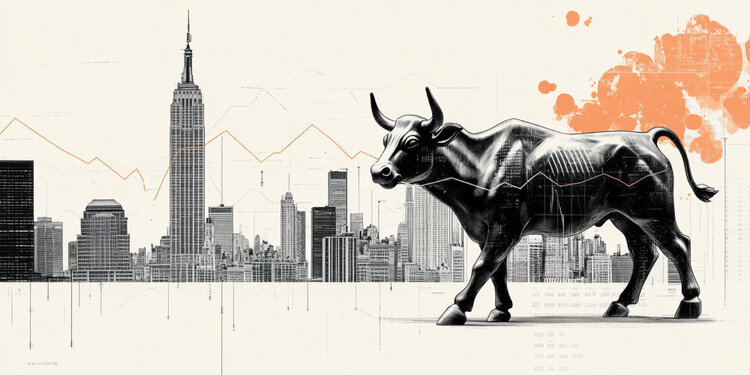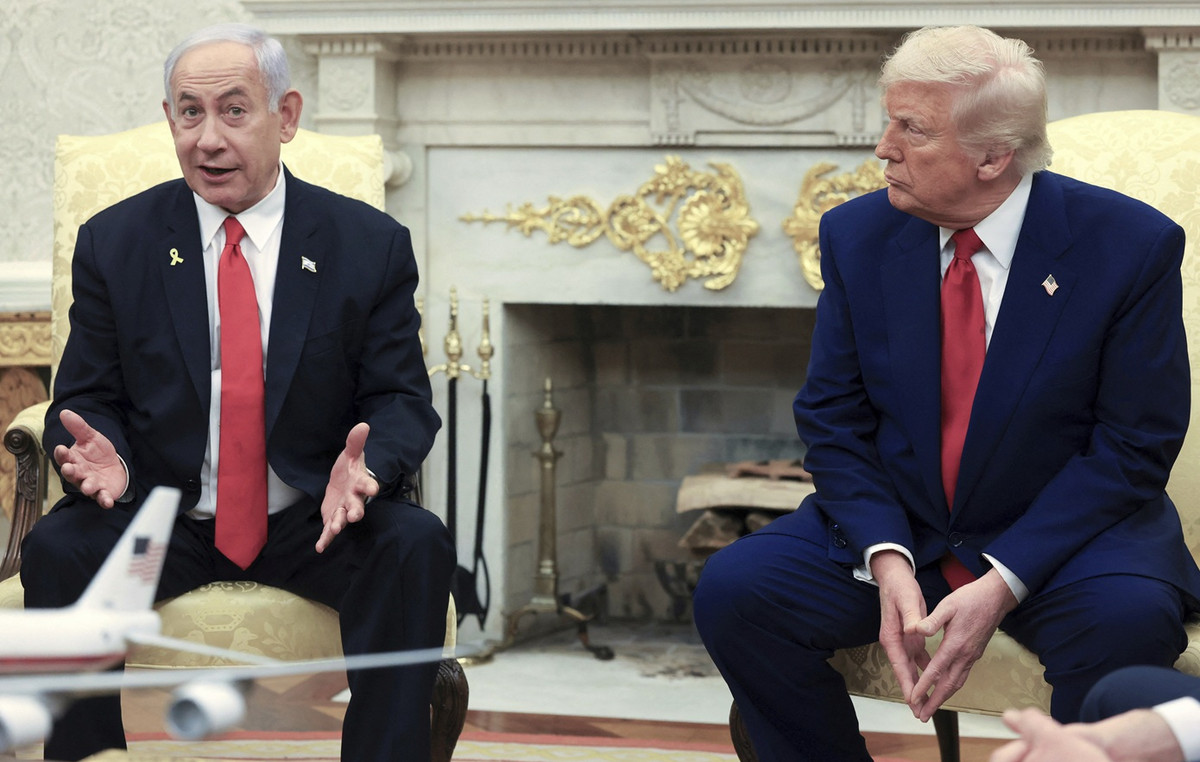The vehicle makers in the country released this Friday (7) contained projections of growth in sales and production in 2022, citing uncertainties arising from the pandemic and the crisis in the supply of electronic components, in addition to the weak economic activity.
The sector’s expectation for this year is for growth of 9.4% in production, to 2.46 million cars, light commercial vehicles, trucks and buses, and an increase of 8.5% in licensing, to 2.3 million units. The forecast for exports is for an increase of 3.6%, to 390 thousand units, far from the peak of around 630 thousand reached in 2018.
The sales forecast includes the expectation that heavy vehicles (trucks and buses) will expand by 10%, to 157 thousand units.
Considering only trucks, a segment less affected by the chip crisis and helped by the effects of the pandemic in the logistics market, the expectation is for a rise of around 9% in licensing in 2022, to 140 thousand vehicles, according to Anfavea.
The numbers are based on a forecast of 0.5% GDP growth for the country and an 11% Selic at the end of the year.
“The forecast has to be viewed with caution. We are going to try to promote the recovery in the best possible way”, stated the president of Anfavea, Luiz Carlos Moraes, to journalists.
According to him, the crisis in the supply of chips continues and automakers can only have a “four-week” supply forecast and he did not rule out any new factory stoppages because of the problem and due to possible reimpositions of social isolation measures due to the pandemic. “We are going to have a lot of emotions in the first half”, said Moraes.
The sector ended December with an inventory of 114,300 vehicles, equivalent to 16 days of sales, a very low level given the pre-pandemic behavior, when the volume in stock was around 40 days.
Considering only December, production rose 2.5% compared to November and 0.8% over a year earlier, to 210.9 thousand units. In sales there was growth of 19.7% compared to November, but retreat of 15.1% compared to December 2020, to 207.1 thousand vehicles. In the year, sales grew by 3%, while production grew by 11.6%.
According to Moraes, in 2021, for the first time in history, the State of São Paulo did not lead vehicle sales in the country, ceding the position to Minas Gerais and suffering a drop of 8%.
The executive showed data that indicate that all states around São Paulo had records of growth in license plates, with emphasis on Rio de Janeiro, with a high of 23%, while in Minas Gerais there was an expansion of 13%.
“This was caused, in particular, by the higher ICMS that São Paulo decided to adopt in 2021”, said Moraes, citing that the tax rose from 12% to 14.5% for new vehicles, in a fiscal adjustment package carried out by the government São Paulo.
“The data confirms the indication that we had that licensing would take place in other states”, added the president of Anfavea.
Asked about negotiations for steel price adjustments with steelmakers, which according to some market participants are above 50%, Moraes said that automakers “will fight for every penny” because “consumer conditions are limited and the market does not absorb more increases”.
He did not provide details on the level of readjustment defended or when the discussions, which are usually concluded between the end and the beginning of each year, will be finalized.
In 2021, according to data cited by Anfavea based on surveys by the research company KBB, prices of new vehicles in Brazil rose by around 9%, advancing 14% in the accumulated two-year period of the pandemic, driven by high costs and inputs and due to difficulties in the supply of components.
Reference: CNN Brasil
I am Sophia william, author of World Stock Market. I have a degree in journalism from the University of Missouri and I have worked as a reporter for several news websites. I have a passion for writing and informing people about the latest news and events happening in the world. I strive to be accurate and unbiased in my reporting, and I hope to provide readers with valuable information that they can use to make informed decisions.







